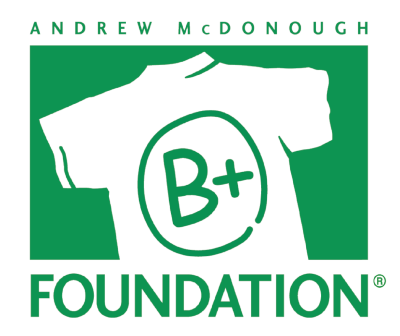MYCN-amplified neuroblastoma are addicted to iron and vulnerable to system Xc- inhibition
Dr. Anthony Faber – Virginia Commonwealth University, Richmond, VA
Neuroblastoma with extra amounts of a protein called MYCN is a particularly deadly childhood cancer. MYCN is responsible for the poor outcomes, however, new therapies to target MYCN positive (called MYCN-amplified) neuroblastoma have been elusive. Iron is used by cancer cells to support its abnormal growth demands. A new form of iron-dependent cell death, called ferroptosis, has recently been identified. Here in this grant, we have uncovered that MYCN-amplified neuroblastoma are vulnerable to ferroptosis because they trap iron into the cell. We have found this can be used against MYCN-amplified neuroblastoma by treating cells with drugs that take advantage of the increased iron and induce ferroptotic cell death. In particular, we identify two drugs that are FDA-approved for other indications, and can be “repurposed” to treat MYCN-amplified neuroblastoma. We will further test these two drugs (sulfasalazine and auranofin) to determine whether they can shrink tumors in sophisticated models of MYCN-amplified neuroblastoma. The goal of which is to prepare these treatments for clinical trials.

